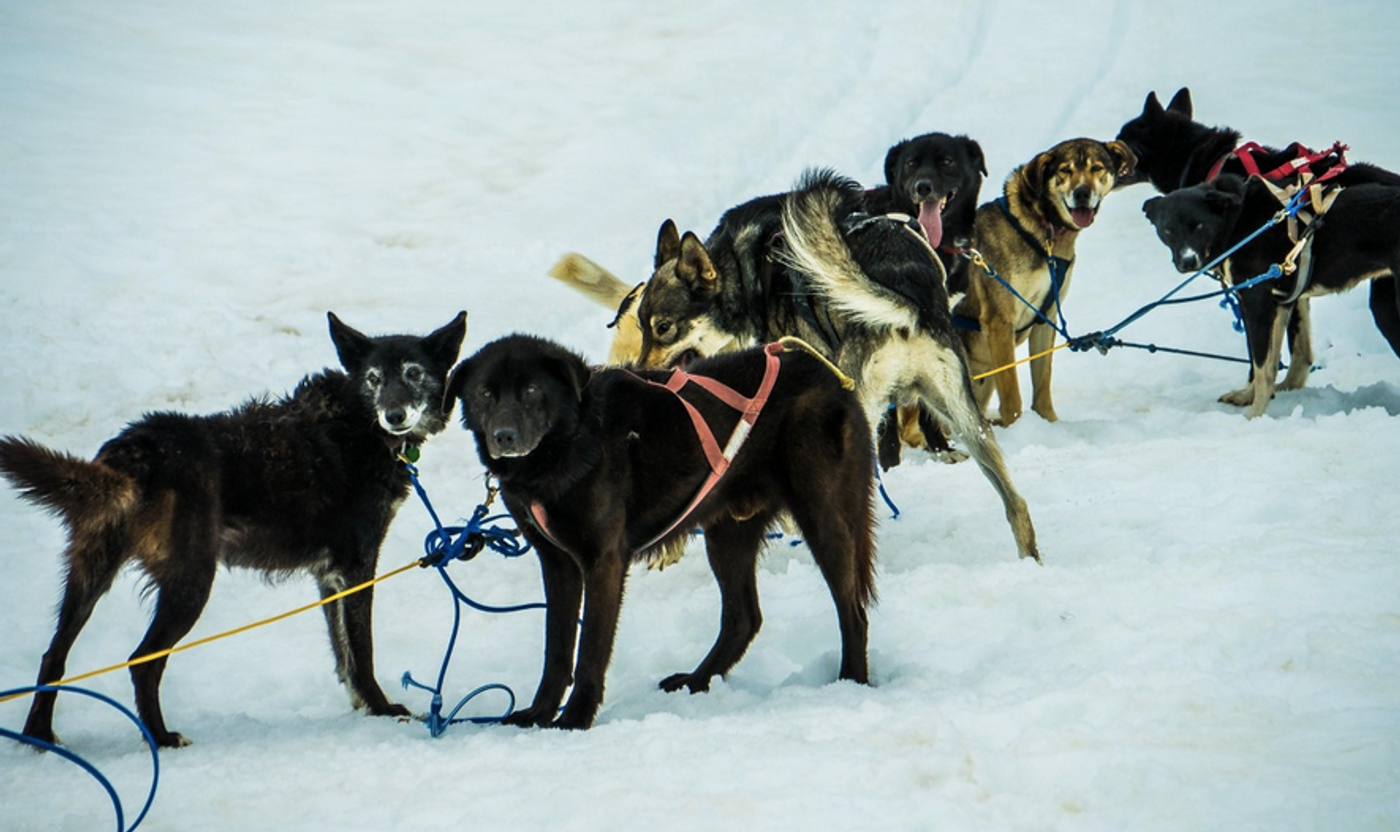Sled Dogs & an Ancient Siberian Dog Have a Lot in Common Genetically
Dogs have held special significance in many people's lives for thousands of years. Researchers have found evidence that dogs were domesticated as long as 40,000 years ago. There is still controversy about what lineages of dogs are the oldest, and exactly where dogs originally come from. New work, which took advantage of a sample from a dog that lived long ago, has found that sled dogs are quite old; they probably adapted to the Arctic earlier than we thought. The findings have been reported in Science.
"We have extracted DNA from a 9,500-year-old dog from the Siberian island of Zhokhov, which the dog is named after. Based on that DNA we have sequenced the oldest complete dog genome to date, and the results show an extremely early diversification of dogs into types of sledge dogs," said the co-first author of the study, graduate. student Mikkel Sinding of the Globe Institute.
It had been thought that Zhokhov, the 9,500-year-old dog from Siberia, was a type of ancient dog that was one of the earliest to be domesticated, and one variation of the dog from which all others are derived.
But this research has suggested that modern sled dogs like the Alaskan Malamute and Siberian Husky have significant portions of the genome in common with Zhokhov.
"This means that modern sledge dogs and Zhokhov had the same common origin in Siberia more than 9,500 years ago. Until now, we have thought that sledge dogs were only 2,000 to 3,000 years old," said study co-first author, Associate Professor Shyam Gopalakrishnan, of the Globe Institute.
The researchers sequenced the genomes of other dogs to learn more, including a group of ten Greenlandic sled dogs and a 33,000-year-old Siberian wolf. They compared these sequences to those from dogs and wolves of the world.
"We can see that the modern sledge dogs have most of their genomes in common with Zhokhov. So, they are more closely related to this ancient dog than to other dogs and wolves. But not just that - we can see traces of crossbreeding with wolves such as the 33,000-year-old Siberian wolf - but not with modern wolves. It further emphasizes that the origin of the modern sledge dog goes back much further than we had thought," Sinding explained.
Modern sled dogs have more in common genetically with other modern breeds than with Zhokhov, but the research does not reveal when this variation arose. Of those surveyed, the Greenlandic sled dogs have the least in common with the others, suggesting that it's closest to the original sled dog.
Melting permafrost has revealed specimens of ancient dogs.
Many dogs have adapted to consume a diet rich in starches and sugars, but sled dogs have not changed in that way. Instead, they are oriented to a diet that's rich in fat, and have physiological mechanisms that have features in common with polar bears and people that dwell in the Arctic.
"This emphasizes that sledge dogs and Arctic people have worked and adapted together for more than 9,500 years. We can also see that they have adaptations that are probably linked to improved oxygen uptake, which makes sense in relation to sledding and give the sledding tradition ancient roots," said Gopalakrishnan.
Sources: AAAS/Eurekalert! via University of Copenhagen The Faculty of Health and Medical Sciences, Science









